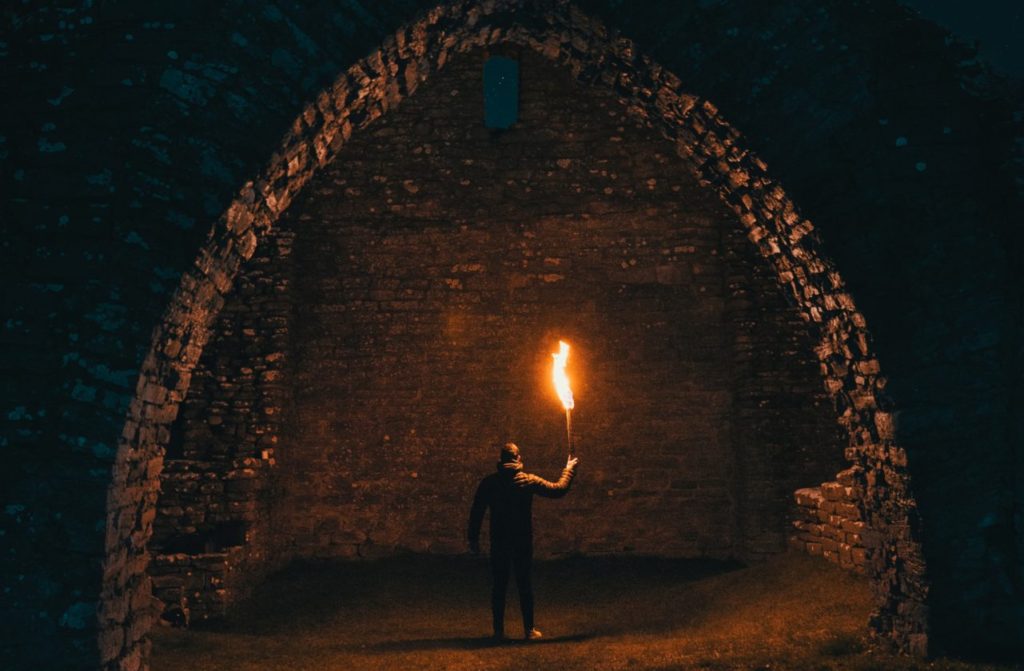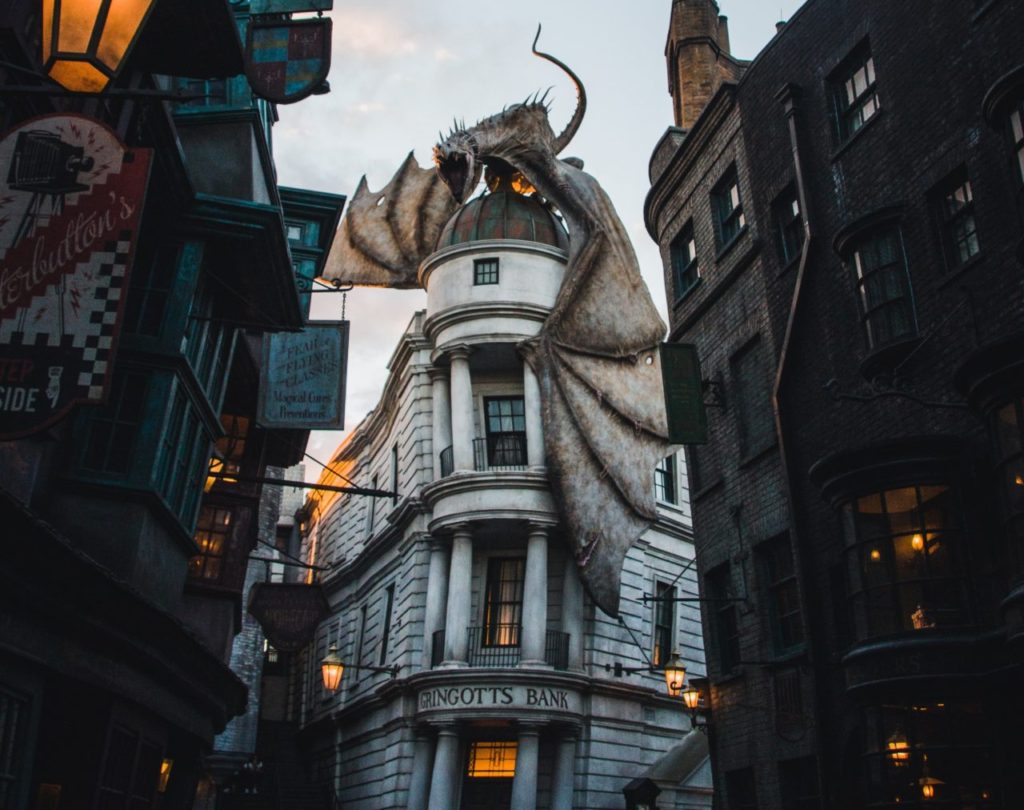The dungeon crawl is among the oldest kinds of role-playing adventures, and it’s the kind that’s had the most crossover success. Dungeon crawling board games are as old as Dungeons and Dragons, and are still going strong with RPG-derived games like Gloomhaven. In video games they’ve been even more successful: from the early days of Rogue and Ultima to Diablo, on one hand, and from Zork to Zelda on the other.
So, of course a whole bunch of people have pointed out that the dungeon makes absolutely no sense, even if it’s trying to. That’s why Game Masters have said, from the beginning of the hobby, that crazy wizards built the place. Gygax had mad Zagyg, architect of Castle Greyhawk. Greenwood had Halastar Blackcloak of the Undermountain, and on and on it went. Even Skyrim suggested that ancient priests and mummified liches were responsible for all those interchangeable draugr pits.
How They Don’t Make Sense
People have pointed this nonsense out in all sorts of ways. Ecologically, what do all these death monsters eat? Obviously, the cookie-cutter varieties of monstrous humanoids scour the countryside as bandits, but what about the ones without higher reasoning? Your displacer beasts, ropers, cloakers, oozes, molds, owlbears, so on and so forth.
A lot of them eat adventurers, but that’s far from a sustainable food source. There aren’t that many of them, and they don’t show up regularly. That gelatinous cube must have long periods of hibernation between opportunities for a heroic lunch. Mostly, though, they seem to eat each other in a perfectly circular closed ecosystem. Obviously nonsense.
And then you’ve got the traps. If you’re breaking into the dread Duchess of Arqin’ka’s grey-clouded fortress, why are ordinary hallways filled with traps? Surely there’s a risk of Duchess’s zombies and demons accidentally tripping them. That’d lead to two costs: the first to replace the dead mook, and the second to reset the trap for when the heroes get here. And heaven help you if she abandoned her castle hundreds of years ago — the squatters you’re currently fighting probably tripped those decades ago.
But at the crux of this is one idea: the dungeon is the way it is when the players aren’t around. The monsters didn’t know you were coming, but they set up the traps anyway. That’s not a particularly realistic assumption, even in a world with dragons as old as time and anthropomorphic animals sipping ale at the tavern.
Ideas for Reconstructing the Dungeon
If the baddies aren’t expecting company, the traps probably aren’t set up and you need to make sure to set them up in such a way that they maximize inconvenience to the players, but minimize inconvenience to the monsters. This isn’t just an anal-retentive verisimilitude thing either. If the monsters have secret routes in the wall, like you’ve seen in every TV show with a castle siege, then the players should want to get into them as soon as possible and that is entirely reasonable. They just have to make the trade-off between hidden booby traps on one hand, and extremely narrow monster-filled corridors on the other.
Similarly, unthinking monsters are part of the dungeon’s defense. In most cases the treasure-filled hole you’re looting is going to be stewarded by someone, and the nastier things out there are owned by them. The owners might even like some of them, as your party will learn when they’ve killed the over-levelled ogre’s favorite pet.

Other kinds of monsters are supernatural: ghouls and demons, summoned and created by the dungeon’s defenders. They’ve probably been using them for offense too, but we’ll get to that later on. These have the advantage of having no reference to naturalistic explanations. You don’t need to think too much about the logistics of their day-to-day survival, though the logistics of how the big bad summoned or created them might help you ground the setting a little bit to your players.
Naturally, this means that the biggest advantage the PCs have over these dungeon denizens is surprise. Unfortunately for them, that is a commodity in short supply: how many dread necromancers, diabolical cults, or bandit covens don’t know that they’ve got a big target on their back? They don’t just need to worry about the long arm of the local lord’s law, but they also need to worry about the other crazy cults, bandit groups, and whatever else that’s stalking the area. They’re going to have scouts and spies, and they’re going to know when some group of assholes with a few class levels to their name is planning an expedition against them — unless those same assholes take pains to keep it hush-hush.
Why We Fight
The question remaining, then, is why do the characters drop into the dungeon? The classic answer is that the monsters were waylaying merchants and committing general banditry. First-level characters don’t venture into the swamp dragon’s lair and fight the kobolds of Kobold Hall because the inhabitants are cute/despicable dog-lizards. They do it because those despicable/cute dog-lizards are killing and maiming their way across the countryside — and, usually, because some local leader posted a bounty on their leader. And, hey, maybe the kobolds are right and the human leader is a cruel psycho. No one says the party can’t switch sides halfway through.

For a more morally-grey take, I’m fond of this idea:
- The monsters, castellans, or crazy cultists defaulted on their loans. Because they have a stronghold and an army, they figured they could fight the bank.
- The party are loan enforcement officers hired by the bank. Their objective is to steal as much stuff to cover the principal and interest of the loan. They get to keep anything in excess of that amount, with a caveat.
- The bank doesn’t want to deal with vengeance killings, and the party probably doesn’t either. Consequently, the bank covers any wergeld payments that would be owed to the baddies’ next of kin. They take most of this out of the treasure recovered in excess of the principal and interest.
- Most of the party probably didn’t come from a rich family, so they had to get the money for their starting equipment somehow. Here the bank stepped in again, and offered them loan to buy weapons, armor, and miscellaneous adventuring garbage. But, because most new adventurers die before they can make a payment, the bank only gives out these kinds of loans at ridiculous interest rates. At least some of the party (or, at least, NPC adventurers) needs to keep adventuring in order to make the payment on the sword they picked up at level one.